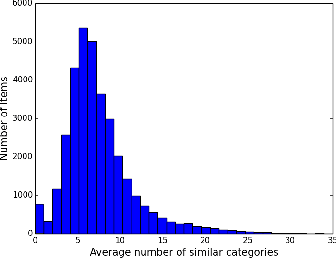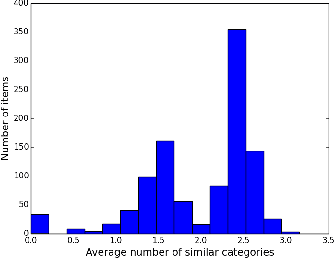Community Recovery in the Geometric Block Model
Paper and Code
Jun 22, 2022



To capture inherent geometric features of many community detection problems, we propose to use a new random graph model of communities that we call a \emph{Geometric Block Model}. The geometric block model builds on the \emph{random geometric graphs} (Gilbert, 1961), one of the basic models of random graphs for spatial networks, in the same way that the well-studied stochastic block model builds on the Erd\H{o}s-R\'{en}yi random graphs. It is also a natural extension of random community models inspired by the recent theoretical and practical advancements in community detection. To analyze the geometric block model, we first provide new connectivity results for \emph{random annulus graphs} which are generalizations of random geometric graphs. The connectivity properties of geometric graphs have been studied since their introduction, and analyzing them has been difficult due to correlated edge formation. We then use the connectivity results of random annulus graphs to provide necessary and sufficient conditions for efficient recovery of communities for the geometric block model. We show that a simple triangle-counting algorithm to detect communities in the geometric block model is near-optimal. For this we consider two regimes of graph density. In the regime where the average degree of the graph grows logarithmically with number of vertices, we show that our algorithm performs extremely well, both theoretically and practically. In contrast, the triangle-counting algorithm is far from being optimum for the stochastic block model in the logarithmic degree regime. We also look at the regime where the average degree of the graph grows linearly with the number of vertices $n$, and hence to store the graph one needs $\Theta(n^2)$ memory. We show that our algorithm needs to store only $O(n \log n)$ edges in this regime to recover the latent communities.
 Add to Chrome
Add to Chrome Add to Firefox
Add to Firefox Add to Edge
Add to Edge